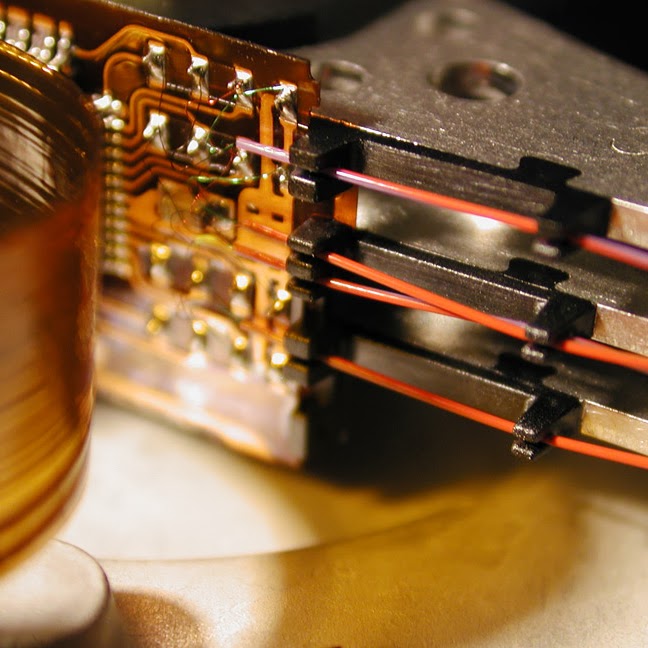When you’re on the hunt for a new USB power adaptor, you may come across a few options with gallium nitride (GaN) technology. These charging bricks tend to be a bit expensive. But due to their reduced size and increased charging ability, a GaN charger may be your ideal purchase. It could even help you save money in the long run.
Most USB chargers use silicon semiconductors. Gallium nitride (GaN) is simply a power-efficient alternative to silicon. It allows a charger to achieve small size without a reduction in charging speed or thermal performance. A GaN charger is ideal for travelling or powering several high-wattage devices, such as laptops.
With more and more laptops charging through USB-C, and more phones making use of ultra-fast charging, you’ll start to notice that the silicon based chargers can get really hot during charging these devices.
Instead of buying a large silicon-based charger that only has two ports (with a shared throughput), you can buy a GaN charger with four, five, or even six high-speed charging ports.
#technology #chargers #GaN
This technology is cool. My only problem with it is that it’s going to incentivize even more power-hungry devices.
I came across this post by the framework company a few days ago. They were boasting about their new 240W adapter. My question was: do we really want 240W laptops? Shouldn’t we make them smaller and more efficient instead?
IMO It’s relative
My current laptop (edit: used for for studio apps, 3D modeling and rendering, and AI stuff) draws 240W but I’d say it’s an improvement over the 500W+ I would be drawing from a desktop that would have been in it’s place. The performance isn’t that competitive with desktop parts but the Perf/Watt definitely better.
Most people are just going to be using their phones and tablets to browse the web and watch videos anyway, with the odd Ultrabook here and there which are still pretty good in a Perf/Watt sense.
Jevons paradox does come to mind though.
That’s why Apple’s push towards ARM is a great step forward
They ship their MBP 16" with 140w power supplies, way higher than framework standard 60w charger. But I would guess it’s to be able to push full power and still charge the battery as fast as possible
I wonder what would be the difference in environmental footprint between the two types of chargers. According to this article it seems okay-ish compared to classical chargers, but more sources would be needed for me to form an opinion on the matter.
Anyhow, these new chargers look neat






